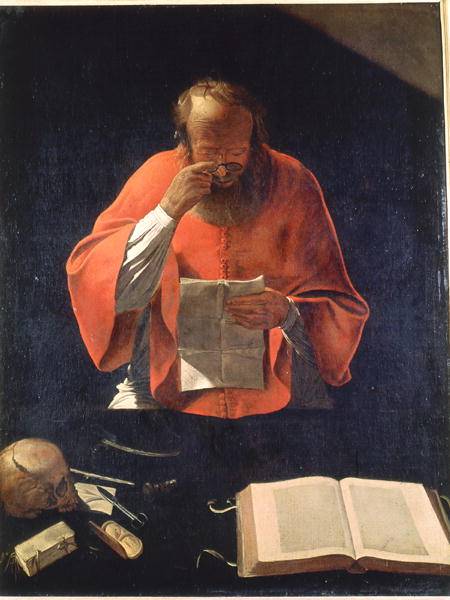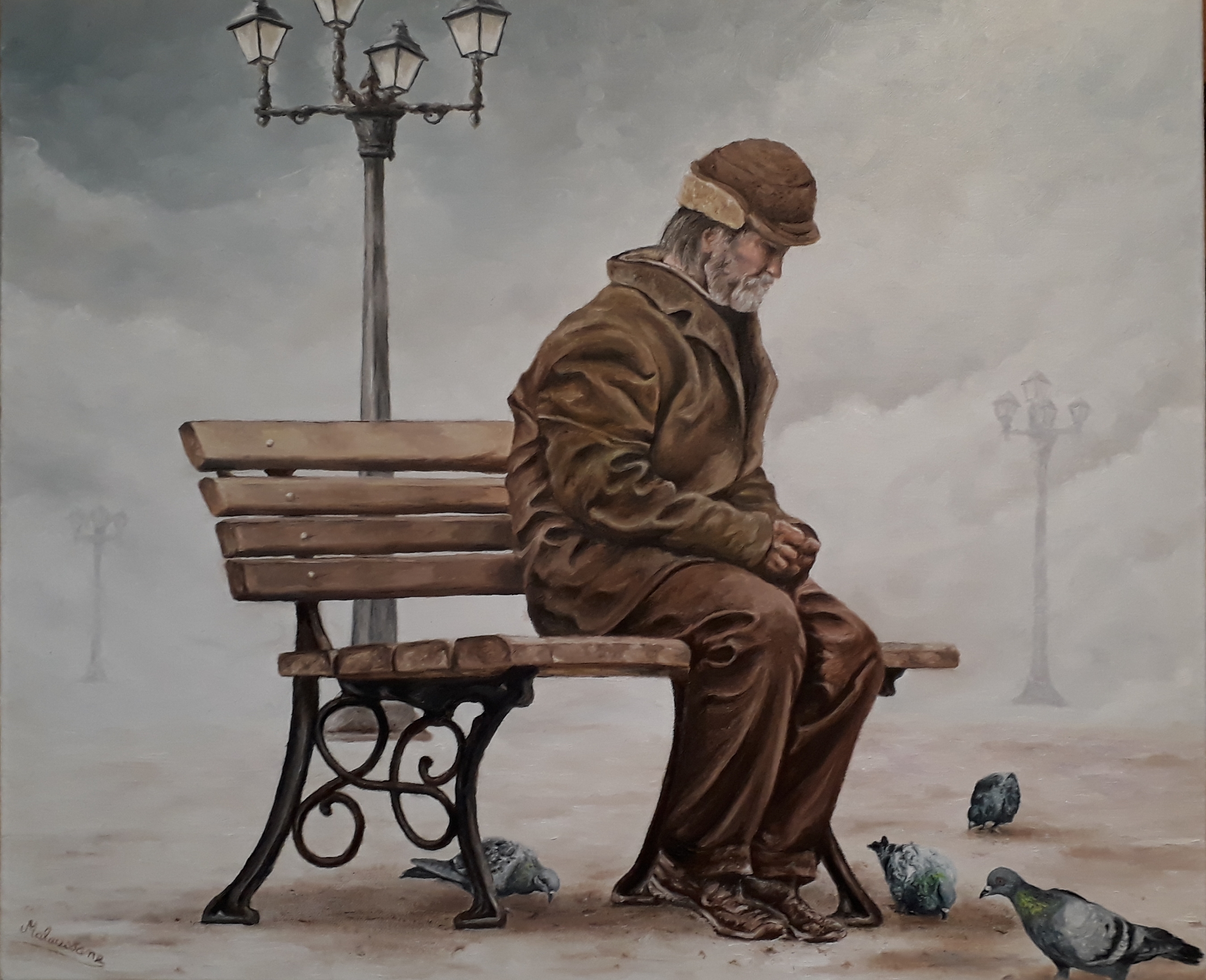“In order to be open to creativity, one must have the capacity for constructive use of solitude. One must overcome the fear of being alone.” Rollo May
There is an unusual whale named ’52 Hertz Whale’ which calls at 52 hertz frequency. Since 1980s scientists have been tracking that whale across the Pacific Ocean. The whale calls out but unfortunately nothing is present to respond. The whale is being nicknamed as the ‘Loneliest Animal in the World’.
Loneliness

‘Famous Painter Lossapardo Illustrating Loneliness and Solitude.’
No one admits to feeling it but the term ‘Loneliness’ is a dirty word for majority of the people. It’s loaded with shame and stigma. In case if we catch the term, we fear hearing it. It terrifies the most mentally stabled people and that is one of the reasons why the children as a punishment sent to their rooms to be alone. Adults without families are pitied as well.
But, here’s the catch, there is a difference between being alone and being in solitude. There is a difference between those two terms which our society seems to get confused. We as a human are conditioned since childhood that those two terms are interchangeable and think of them as the same state. If someone is spending time alone then we already assume that he or she is lonely.
Let me clarify:
Loneliness is being alone and not liking it while Solitude is a choice about being alone and content.
If one can master the solitude, then they can never be alone!
In the current COVID-19 time when everyone must work from home and stay with their family members all the time, it can become hectic for so many people to stay indoors doing nothing.
Solitude
One of the key aspects of any successful artist is ‘Solitude’. Eight letter word which has a profound impact on an individual’s life. Conventional wisdom depicts that pain is good for art. Genius, the rationale goes, is best flushed, troubled, penniless, scarred by war or parenting, floated by unlawful medications or Merck. Dorthe Nors, a creator of Karate Chop, stats that artists require (or should seek out) turbulence. Artists thrive in Solitude. Leonardo Da Vinci took 10 years to draw the famous Monalisa painting. He was the big advocate of Solitude.
He told that artists should spend time alone every day to strengthen their creativity. Solitude enhances artistic receptivity in a way that can be painful and challenging. You get thrown back on yourself when you sit there, alone, and working. All the emotions about life, what you think, and feel are constantly thrown back at you and you cannot run away from yourself. There is no way that you can run away from your memory and your emotions and the art you are working on. Artist’s solitude is a decision to embrace this feeling and to sit with them for long periods of time.
It takes a lot of courage to face those emotions on a regular basis because you run into your pettiness. We must encounter all our ugly sides but the things which we have experienced becomes our writing.
Several of artists have accepted that their masterpiece work was the result of spending time and working in solitude. They gave message to the world that occasional solitude gives the opportunity to dabble, explore, and play. Some artists use this time to test out new materials or journaling about their dreams which they never shared with the world.

‘St Jerome’
However, it is not easy to master the art of solitude as it requires hard work and discipline as it is about freedom. It requires patience. When other people gave up, many famous artists persisted with the solitude for centuries. In the early 19th century, French romantic painter Eugène Delacroix mentioned in his journal about the importance of working alone and about the level of self-control which is required to work alone. He advised the aspiring writers and other creative people that to carry out ‘uninterrupted work’ they should seek solitude.
But let’s not forget that we are living in the world of social media and we are surrounded by media and stimuli. Thus, it makes Solitude very difficult. People are getting connected and thus, according to the report of 2014 study, today people will choose mild electric shock over ten to fifteen minutes of alone time in an empty room which is very shocking.
We can say that this generation and upcoming generations are losing the art of spending time alone. But that does not mean that the end is near as anyone can master this art. By regular practice, silencing that damm smartphone, clearing out all the distractions. Over time, getting comfortable with oneself will get easier. Once you get that comfort level, solitude will become so addictive that sometimes the artists feel cultural shock when they meet the outside world.
Solitude gives us time to unpack our memories, perceptions, and feelings. For artists, this process is must. Famous Austrian artist Anatol Knotek tells us that he uses his busiest time to absorb impressions and immerse himself in experiences, but he also needs time to reflect, sort out, and process his ideas.
Solitude will not only affect your creativity, but it will also enhance your focus. It is scientifically proven that multitasking can reduce our productivity by 40%. Our human brain is not wired for navigating emails, texting, and doing some creative work all at once.

‘Jean Claude Malaussane’
This is the primary reason why artists and writers schedule their work. It’s not mandatory to head to a faraway destination to get the benefits of working alone. Solitude can be attained at the studio, café, down the street, or on the road. Find what works for you and fit it in where you can. It also means going to the museum, going for a walk, or sitting in the park, or even taking advantage of a routine commute.
A few of the writers also state that solitude can be more than just a means to an end. It’s true that alone time can boost our efficiency and creativity, it is also true that it can become a respite from the demands of everyday life. Once the artist’s subconscious mind is programmed, thoughts are untangled, the pen is put to paper, they are left with a rare and precious feeling of stillness and quietude.
“Solitude should be promoted, and I encourage the young writers to face some alone time. In the midst of all the noise and talk of the outside world, try to recognize that solitude is not always sad or lonely. It can be a source of joy and happiness.” Young-Deok.

